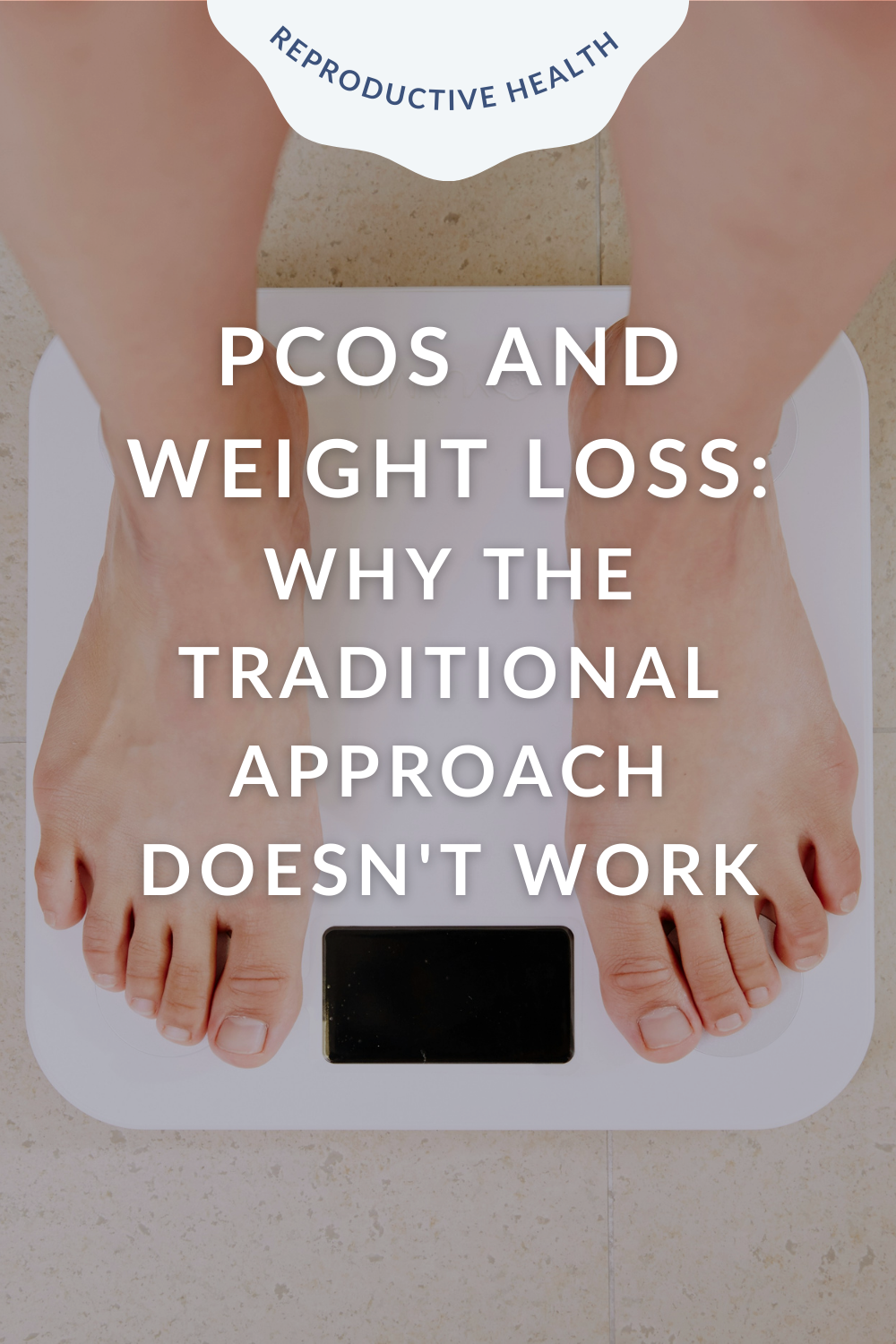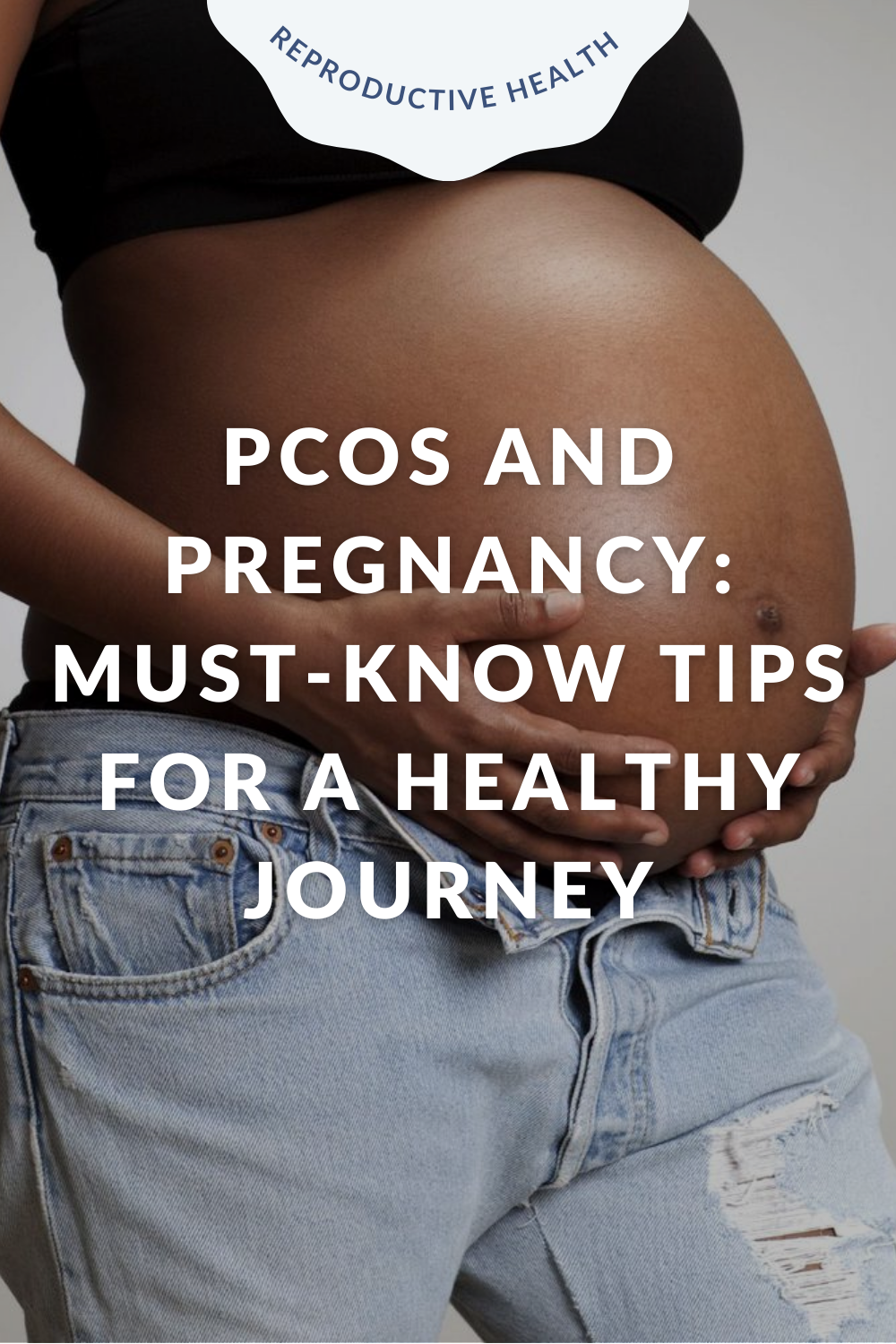3 Steps to Spring Clean your Kitchen (+ Healthy PCOS Grocery List)
The temperature is rising, flowers are blooming - Spring is finally here!
For many of us, the natural changing of seasons is a time to pause and reflect.
Have you been caring for yourself in the way you’d like?
If not, perhaps food is the first place you can start.
Want simple, delicious and no-fuss recipes for PCOS symptom management? Check out our 30-day PCOS Meal Plan + Food Guide Bundle.
3 steps to Spring Clean Your Kitchen
Here at The Good Life Dietitian, we believe deep in our core that the essential human act of cooking and nourishing yourself is 100% an act of self-care and growth.
No, it doesn’t have to be fancy. Or provide constant excitement. But, it has to be done. And you’ll never regret it.
Here are 3 Steps to Spring Clean Your Kitchen, along with a healthy Polycystic Ovary Syndrome (PCOS) grocery list/kitchen staples!
Step 1: Out with the old, make room for the new
We’ve all been there - excitedly filling our pantries with new foodie goods, only for it to collect dust. We’re kicking off this season with a new strategy.
A well-functioning space can save you time, energy and help to reduce food waste.
Start by taking stock of the foods you currently havee - look deep into your pantry, freezer, all cracks and crevices…we know there’s edible goods in there! Note the expiration dates and toss as necessary. Or, if you have bits and pieces of food products you know you’ll never get to - toss those as well.
eDeclutter your kitchen by clearing out your utensils drawer. Throw away those chopsticks, forks, spoons you get from takeout orders. Consolidate your plastic bags. Or better yet, keep a reusable bag in your car.
Step 2: Categorize your food inventory
Categorize your remaining food into perishable vs. non perishable groups:
Perishable foods:
Produce, meat and alternatives, dairy and alternatives, eggs, bread, opened jars of sauces and condiments.
Store in the fridge with food safety in mind. Place produce in the crispers, raw meat and fish on the bottom shelf, and ready-to-eat foods like yogurts, milk and sauces on the top.
Non-perishable foods:
canned legumes, canned fish, dried grains and pasta, unopened jars of pasta sauce or pickled vegetables, nuts and seeds, seasonings like dried herbs and spices.
Store cool, dry spots like cabinets, pantries, drawers. Group them based on food category - for example, grains on the bottom shelf, canned beans/fish on the middle shelf, and sauces on the top.
Feel free to pack and organize how you’d like!
Step 3: Create a “master” grocery list
Now that you know exactly what you have in the kitchen, where it is, and in what volumes - it's time to restock any essentials or commonly used food items your household enjoys.
Building a home environment that is conducive to your ideal dietary pattern is essential. All foods fit in a nourishing kitchen - but we certainly want to avoid clutter.
Rather than building a fresh grocery list each week, I suggest taking time to create a “master” grocery list filled with ingredients you use time and time again.
Having a consistent supply of food staples simplifies meal planning for healthy hormones (Check out How to Build Balanced Meals for Balanced Hormones for a deeper framework).
That way, you’re streamlining your grocery shopping and meal prepping.
Moving forward, it may be a good idea to do an inventory check every week and make a note of which staples you may be running low on.
Speaking of which…
Healthy and PCOS-Friendly Grocery List
Dietary changes is one of the primary treatments for PCOS. Eating for PCOS can be simplified through preparation. Here are some healthy staples you can keep stocked at all times!
Non-perishable:
Quick oats or steel cut oats
Soba noodles, egg noodles, whole wheat pasta, chickpea pasta
Parboiled rice, wild rice, quinoa
High protein pancake mix
Canned tuna, sardines, salmon
Dried or canned beans, lentils, chickpeas
Protein powder
Boxed chicken broth
Almonds, chia seeds, pumpkin seeds
Canned diced tomatoes, tomato paste
Dried herbs, spices, vinegars, cooking oils, soy sauce, fish sauce
Perishable:
2-3 coloured vegetables and fruits each week
Whole eggs or a carton of egg whites
Milk or milk alternatives, Greek yogurt, cottage cheese
Frozen edamame, tofu, tempeh
Poultry, fish, red meat, shrimp
Frozen vegetables, fruit, dumplings, edamame
Spring is a time for renewal, and while we believe that health and nutrition is fluid - the changing of season can be a great prompt for us to slow down and check in on our health.
By decluttering your kitchen and filling it up with nourishing and PCOS-friendly foods, you can help to simplify meal preparation and support your overall well-being with more ease.
Hi! I’m Trista
A Registered Dietitian and reproductive health expert. I’m here to help you gain confidence to overcome your Polycystic Ovary Syndrome and digestive health woes, while bettering your relationship with food.
CATEGORIES
Want to kickstart your relief from PCOS symptoms? Our expert-curated, delicious and no-fuss 30-day PCOS Meal Plan + Food Guide Bundle can help.
You’ll get instant access to four weeks of anti-inflammatory and blood-sugar friendly recipes, grocery lists, and essential meal prep resources to manage your PCOS through the power of good food.















